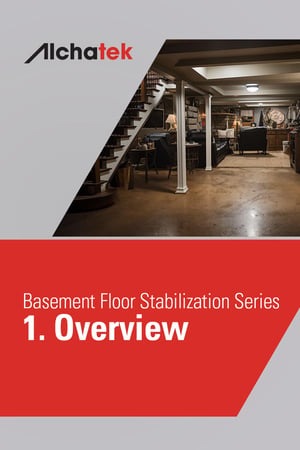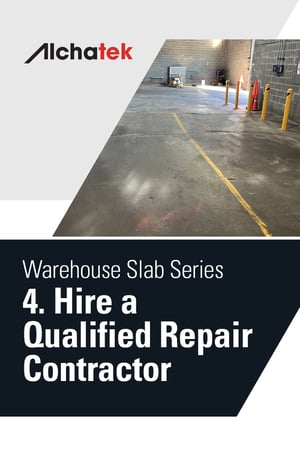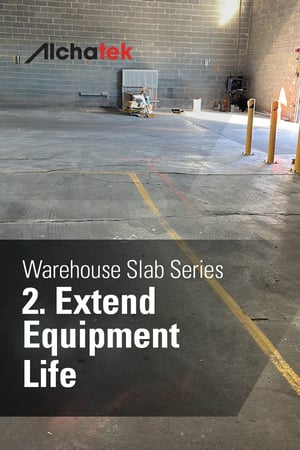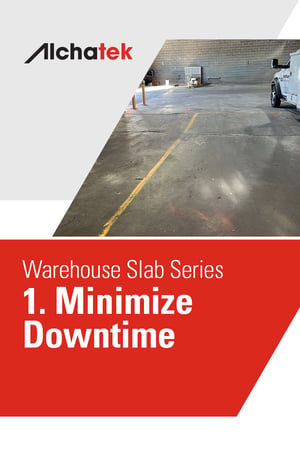
 For many homeowners, a basement represents more than just a foundation—it's an extension of their living space, a storage haven, or even a cozy retreat. Ensuring the structural integrity and safety of your basement is paramount, not just for the sake of the basement itself but for the overall health and well-being of your home and its inhabitants. The basement floor is a critical component that plays a significant role in ensuring your basement is dry, stable, and safe.
For many homeowners, a basement represents more than just a foundation—it's an extension of their living space, a storage haven, or even a cozy retreat. Ensuring the structural integrity and safety of your basement is paramount, not just for the sake of the basement itself but for the overall health and well-being of your home and its inhabitants. The basement floor is a critical component that plays a significant role in ensuring your basement is dry, stable, and safe.
Understanding the Basement Floor
At its core, the basement floor serves as a barrier between the ground and your home. It's designed to provide a solid surface, separating the living space from the damp soil and underground elements. In essence, it's the frontline defense against external factors like water, pests, and shifting soils.
However, despite a sturdy appearance, basement floors are susceptible to various issues over time. Factors such as soil erosion and natural settling can lead to problems that homeowners need to address promptly.
Common Issues with Basement Floors
Voids and Unstable Soil Beneath the Slab
Over time, the soil beneath your basement floor can erode or compact, leading to voids or spaces underneath the slab. These voids can cause your basement floor to crack or even cave in if left untreated. This phenomenon is more than a mere cosmetic issue; it can pose a genuine threat to the structure's stability.
Water Seepage
Water has a way of finding its path into our homes, especially if there's a weak point or vulnerability. The basement floor, being underground, is at a higher risk of water seepage, especially during heavy rainfalls or if there's a high water table in the area. Water seeping through the floor can lead to mold growth, damage to stored items, and an overall damp environment detrimental to the house's inhabitants.
Cracks and Uneven Surfaces
Cracks can develop in basement floors for a multitude of reasons. They might be due to the house settling, the expansion and contraction of the concrete with temperature changes, or because of pressure from soil or water outside. These cracks, if left untreated, can widen over time, allowing more water to seep in and potentially leading to more significant structural issues and even trip hazards.
Key Takeaways
- Addressing basement floor issues isn't just about maintaining aesthetics or increasing property value; it's about ensuring the safety, health, and longevity of your home.
- Early detection and intervention are key.
- If you notice signs of sinking, cracks, or water seepage in your basement floor, it's imperative to seek professional advice.




 In the world of warehouse and distribution center management, the condition of your concrete slabs is not a minor detail—it's a critical component that impacts safety, equipment longevity, and operational efficiency.
In the world of warehouse and distribution center management, the condition of your concrete slabs is not a minor detail—it's a critical component that impacts safety, equipment longevity, and operational efficiency.
 Choosing the right contractor for slab stabilization and leveling work in a warehouse or distribution center is a decision that carries significant weight. The quality of the repair work not only affects the immediate operational efficiency but also has long-term implications for safety, equipment longevity, and overall maintenance costs. A poor choice can lead to subpar work, requiring additional repairs and causing more operational disruptions. On the other hand, a skilled contractor can efficiently resolve floor issues, minimizing downtime and maximizing the lifespan of the repair.
Choosing the right contractor for slab stabilization and leveling work in a warehouse or distribution center is a decision that carries significant weight. The quality of the repair work not only affects the immediate operational efficiency but also has long-term implications for safety, equipment longevity, and overall maintenance costs. A poor choice can lead to subpar work, requiring additional repairs and causing more operational disruptions. On the other hand, a skilled contractor can efficiently resolve floor issues, minimizing downtime and maximizing the lifespan of the repair.
 In the fast-paced environment of a warehouse or distribution center, safety is a paramount concern. One often overlooked factor that can significantly impact safety is the condition of the floor. Uneven or unstable floors can create hazards that put employees at risk. Tripping, slipping, and falling are just a few of the accidents that can occur when floors are in poor condition. Additionally, material-handling equipment like forklifts can tip over or lose control, leading to more severe accidents or even fatalities.
In the fast-paced environment of a warehouse or distribution center, safety is a paramount concern. One often overlooked factor that can significantly impact safety is the condition of the floor. Uneven or unstable floors can create hazards that put employees at risk. Tripping, slipping, and falling are just a few of the accidents that can occur when floors are in poor condition. Additionally, material-handling equipment like forklifts can tip over or lose control, leading to more severe accidents or even fatalities.
 In a warehouse or distribution center, the condition of the floor can have a direct impact on the lifespan of material-handling equipment like forklifts, pallet jacks, and conveyors. Uneven or unstable floors can cause excessive wear and tear on these machines, leading to frequent breakdowns and increased maintenance costs. Over time, this can significantly reduce the lifespan of expensive equipment, necessitating premature replacements and adding to operational costs.
In a warehouse or distribution center, the condition of the floor can have a direct impact on the lifespan of material-handling equipment like forklifts, pallet jacks, and conveyors. Uneven or unstable floors can cause excessive wear and tear on these machines, leading to frequent breakdowns and increased maintenance costs. Over time, this can significantly reduce the lifespan of expensive equipment, necessitating premature replacements and adding to operational costs.
 Operational downtime in a warehouse setting has far-reaching consequences that go beyond the immediate financial losses. When a warehouse floor requires repair, the disruption to the supply chain can be significant. Suppliers and customers alike feel the impact of delays, and the ripple effect can damage relationships and erode trust. Additionally, downtime affects employee productivity and morale, leading to a potential decrease in work quality and an increase in turnover rates. In a just-in-time supply chain, even a brief period of downtime can result in stockouts at retail locations, leading to lost sales and damaged customer relationships.
Operational downtime in a warehouse setting has far-reaching consequences that go beyond the immediate financial losses. When a warehouse floor requires repair, the disruption to the supply chain can be significant. Suppliers and customers alike feel the impact of delays, and the ripple effect can damage relationships and erode trust. Additionally, downtime affects employee productivity and morale, leading to a potential decrease in work quality and an increase in turnover rates. In a just-in-time supply chain, even a brief period of downtime can result in stockouts at retail locations, leading to lost sales and damaged customer relationships.
 Uneven concrete slabs raise risks for retail establishments during crowded holiday shopping seasons. Unlevel concrete can easily cause tripping accidents, injuries, lawsuits, and disruptions. To mitigate these issues, retail owners need to address slab problems proactively before the holiday rush. Durable polyurethane concrete leveling is an optimal solution for lifting, stabilizing, and filling voids in sunken concrete.
Uneven concrete slabs raise risks for retail establishments during crowded holiday shopping seasons. Unlevel concrete can easily cause tripping accidents, injuries, lawsuits, and disruptions. To mitigate these issues, retail owners need to address slab problems proactively before the holiday rush. Durable polyurethane concrete leveling is an optimal solution for lifting, stabilizing, and filling voids in sunken concrete.
 Collaborating with skilled contractors is key to developing effective slab repair plans and ensuring customer safety. The partnership involves assessing slab and soil conditions to identify appropriate solutions like lifting, stabilization, or void-filling. Timing repairs to minimize business disruptions also requires collaboration.
Collaborating with skilled contractors is key to developing effective slab repair plans and ensuring customer safety. The partnership involves assessing slab and soil conditions to identify appropriate solutions like lifting, stabilization, or void-filling. Timing repairs to minimize business disruptions also requires collaboration.
 The holiday season is almost upon us, and as a retail establishment owner or manager, you're likely gearing up for the rush of customers that this festive time brings. Amidst the excitement and anticipation, it's crucial not to overlook a key aspect of ensuring a successful and safe holiday season: addressing sunken and unlevel slabs on your property.
The holiday season is almost upon us, and as a retail establishment owner or manager, you're likely gearing up for the rush of customers that this festive time brings. Amidst the excitement and anticipation, it's crucial not to overlook a key aspect of ensuring a successful and safe holiday season: addressing sunken and unlevel slabs on your property.
 Concrete Leveling with Polyurethane
Concrete Leveling with Polyurethane